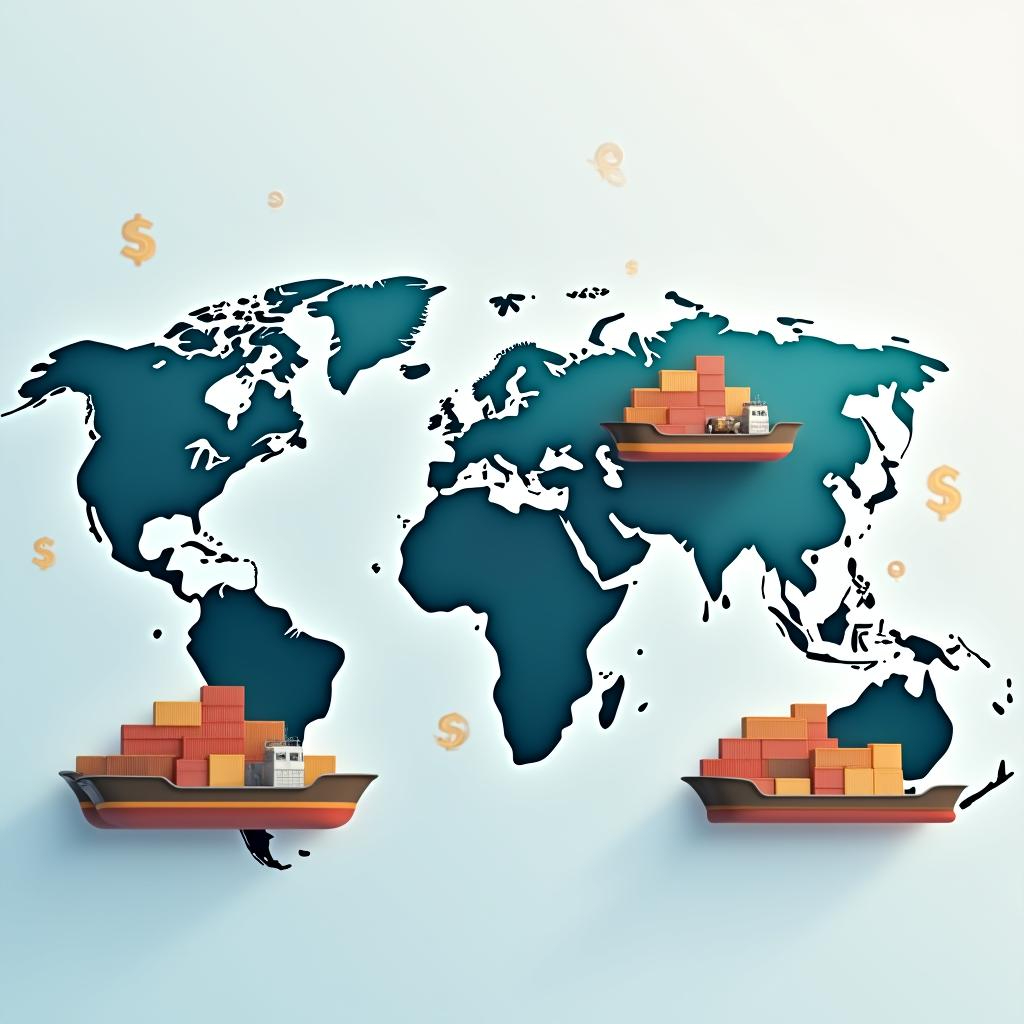If you thought cross-border e‑commerce in 2025 would be smooth sailing, think again. Thanks to a fresh batch of U.S. trade policies—and a whole lot of tariff drama—international sellers are hitting pause on “business as usual” and rethinking everything from inventory storage to last-mile delivery. The once-reliable playbook has been shredded, and a new one is being written, fast. Let’s break down what’s really happening in the world of global e‑commerce logistics, and what it means for how goods move across borders.
Bonded Warehouses: The Hot New Real Estate in Logistics
When tariffs get unpredictable, bonded warehouses suddenly become the cool kids of supply chain strategy. And in 2025, they’re having a serious moment.
Here’s the appeal: bonded warehouses let importers store goods on U.S. soil without paying duties upfront. You only pay when the product is sold. Sounds like a win, right? That’s why over 1,700 bonded facilities are now operating across the U.S., and companies are racing to get in on the action.
But don’t let the promise of delayed taxes fool you—it’s not all sunshine and supply chains. Rent for bonded space can be up to four times more than traditional warehousing, and getting certified? That’s a bureaucratic waiting game, thanks to a backlog with U.S. Customs and Border Protection.
Still, for many brands, the juice is worth the squeeze. Especially if you’re dealing in sensitive products like medical gear or food items, you might need climate-controlled bonded storage—and yes, that drives up costs. But it also boosts flexibility in a trade environment that’s anything but predictable.
Tariff Whiplash: A Temporary Break… Maybe
In a surprise twist, the U.S. decided to pump the brakes on some of its most aggressive tariffs this spring. The infamous “de minimis” rule—previously a sweetheart deal for cross-border shipments under $800—was stripped away for Chinese imports. That move sent shockwaves through the system.
Then came the soft pivot: a 90-day truce between the U.S. and China, dialing some tariffs back down. For low-value shipments, the rate dropped from a jaw-dropping 120% to 54%. Commercial deliveries now hover around 30%. For a hot minute, cross-border platforms breathed a collective sigh of relief.
But let’s not get too comfortable. Medical goods and high-risk items are still taxed to the skies. And most savvy sellers are treating this as a window to recalibrate, not a return to the good ol’ days.
The message is clear: short-term breaks don’t equal long-term certainty. If you’re not already investing in adaptability, you’re behind.
Shipping Gets Shaky and Expensive
Tariffs don’t just hit at the border—they ripple across entire supply chains. Ocean freight routes from China saw a steep drop this spring, and while volumes are crawling back, things are far from steady. Shippers are playing musical chairs with capacity, trying to match demand to this new reality.
Meanwhile, port congestion in major U.S. hubs like LA and NYC is still a thorn in everyone’s side. That, paired with shifting trade routes and last-minute policy pivots, has pushed up lead times and jacked up costs.
And let’s talk insurance. Carriers are hiking premiums thanks to all this uncertainty—blame increased customs scrutiny and the ever-present threat of policy backpedals. That means cross-border shipping isn’t just slower; it’s more expensive. And for small-to-midsize brands? That hurts.
The New Logistics Playbook
So how are the smartest brands staying ahead?
- They’re getting local. Think micro-fulfillment centers nestled near major cities. These compact hubs allow faster delivery, lower last-mile costs, and less reliance on vulnerable long-haul routes.
- They’re getting strategic with supply chains. Nearshoring (hello, Mexico) and reshoring (U.S.-based production, anyone?) are making a comeback. It’s not always cheaper—but it’s often more reliable.
- They’re doubling down on compliance and classification tools, because if your HS code is wrong, your whole shipment could be toast. That’s not a risk you want to take when tariffs are in flux.
Put simply: when it comes to dealing with tariffs these days, it’s all about being flexible and prepared. That’s the whole game.
The Paradigm Shift
This isn’t just a phase. Tariff rollercoasters and warehouse wars are ushering in a new era of e‑commerce logistics—one where agility beats efficiency, and resilience trumps cost-cutting.
The brands that win will be the ones that treat logistics not as a back-end function, but as a strategic differentiator. They’ll have bonded space ready to go, backup suppliers across regions, and fulfillment models built to flex.
Because in this version of global e‑commerce, the only constant is change—and the smartest players are already two moves ahead.

